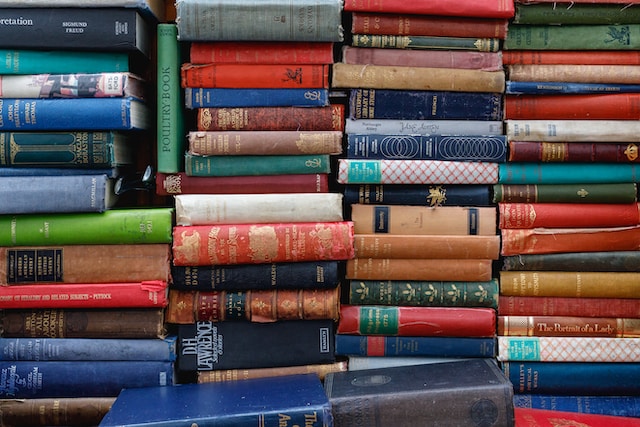Travel literature is an enriching genre that helps make the world a smaller place by transcending physical boundaries. It carries readers on vivid journeys across far-off places, exposing them to diverse cultures, peoples, and landscapes, all without leaving the comfort of their favorite reading nook. Throughout history, travel literature has evolved and diversified, gaining global popularity and contributing significantly to literary, historical, and cultural discourse.
Defining Travel Literature
The genre of travel literature is as wide and varied as the destinations it encapsulates. Originating from the simple chronicles of early explorers, it gradually progressed to become a recognized literary genre. Today, travel literature provides a symbiotic blend of fact, personal narrative, and descriptive storytelling, offering readers an amalgamation of geography, history, and personal experiences beautifully wrapped in the literary fabric.
Purpose of Travel Literature
While some view travel literature as mainly informative, detailing the geography, culture, and history of the regions it explores, it transcends beyond mere information. A soulful travel narrative has the potential to inspire and entertain, evoking empathetic emotions, triggering deep intellectual discussions, and even stimulating readers’ wanderlust.
The Process of Creating Travel Literature
The making of compelling travel literature is an engaging process that starts with thorough preparation before travel, continues with experiential learning during the journey, and culminates with expressive writing after the journey.
Preparation Before Travel
Selecting the destination and understanding its cultural and historical background form the foundation of a travelogue. Going beyond popular tourist sites and delving into local history, customs, and traditions brings authentic flair to travel writing.
Experience During Travel
Pivotal to any successful travelogue is the experiences gathered during the journey. Engaging with locals, savoring local cuisine, being part of special events, or understanding regional traditions all add texture to the narrative. Jotting these experiences in a diary often helps later when organizing thoughts and memories to craft an engaging narrative.
Writing After Travel
The phase of writing is where memories are sculpted into a narrative. Here, artistry comes into play, converting raw experiences into a narrative that engages readers’ emotions. The masterful use of descriptive language, appropriate metaphors, and apt analogies are essential tools to convey the humor, thrill, learnings, and awe-inspiring moments one encounters on their journey.
Major Themes in Travel Literature
Adventure and Exploration
Most travelogues focus on the thrill of exploring unfamiliar territories, journeying through unknown landscapes, and even taking risks. Readers are drawn towards the sense of adventure and learn about remote, often exotic, locations, wildlife, and local customs.
Cultural Exchange
Travel literature often plays a critical part in promoting cultural understanding and dialogue. As writers share their experiences with different cultures, traditions, and customs, readers develop a more open outlook and tolerant perspective about diversity.
Personal Growth and Self-discovery
At its heart, travel literature is about personal experiences and reflections. Travel often stirs profound changes in individuals, shaping their perspective towards life, themselves, and the world. Documenting these transformations in travelogues can provoke self-introspection among readers, making them contemplate their personal growth, identity, and life beliefs.
Influential Travel Literature Works
Historical Works
“The Travels of Marco Polo,” a chronicle of the Venetian explorer’s 24-year journey across Asia, remains one of the earliest and most influential travel books. Equally compelling is Jonathan Swift’s “Gulliver’s Travels,” an allegorical social satire presented as a travelogue that grips the reader with astounding fictitious voyages.
Contemporary Works
Contemporary travel literature has broadened its scope, often confounding travel with personal experiences. Bill Bryson’s “A Walk in the Woods” humorously narrates his experiences and reflections during a hiking trip along the Appalachian Trail. Elizabeth Gilbert’s “Eat, Pray, Love,” a memoir written as a travelogue, resonates deeply with readers seeking life changes and self-growth.
Impact of These Works
Such landmark travel literature works not only inspire readers but also influence future travel writers. They contribute to and elevate the genre of travel literature by setting high standards in narrative style, originality, and thematic richness.
The Future of Travel Literature
Evolution with Technology
Like all genres of literature, travel literature, too, is evolving with technological advancements. Transitioning from traditional print to digital platforms, modern-day travelogues enjoy more extensive reach, facilitated by social media and blogs.
Challenges and Opportunities
As travel literature navigates through commercial demands, striking a balance without compromising authenticity remains a challenge. However, it also opens up opportunities, like incorporating elements like sustainability and responsible travel, tantalizing readers with responsible exploration.
Conclusion
Travel literature is a cherished literary treasure, taking us on an exhilarating, enlightening, and emotional journey. With the world constantly evolving, it is inevitable that travel literature will continue to grow, mirroring the changing world, instigating curious minds, and whisking us away to explore the beauty and diversity of our planet. Nothing perhaps assures us more about our shared human experience than the engaging world of travel literature.



